-
Executive Summary
-
Market Introduction
-
Market Definition
-
Scope of the Study
-
Market Structure
-
Key Takeaways
-
Key Buying Criteria
-
Research Methodology
-
Research Process
-
Primary Research
-
Secondary Research
-
Market Size Estimation
-
Forecast Model
-
List of Assumptions
-
Limitations
-
Market Landscape
-
Porter’s Five Forces Analysis
- Threat of New Entrants
- Bargaining Power of Buyers
- Threat of Substitutes
- Segment Rivalry
- Bargaining Power of Supplies
-
Value Chain/Supply Chain Analysis
-
Market Dynamics
-
Introduction
-
Market Drivers
-
Market Restraints
-
Market Opportunities
-
Industry Dynamics
-
Technology Trend
-
Regulatory Landscape
-
Patent Analysis Outlook
-
Global Marine Radar Market, by Type
-
Introduction
-
X Band
- Market Estimates & Forecast, 2020–2030
- Market Estimates & Forecast, by Region, 2020–2030
-
S Band
- Market Estimates & Forecast, 2020–2030
- Market Estimates & Forecast, by Region, 2020–2030
-
Global Marine Radar Market, by Application
-
Introduction
-
Fishing Vessel
- Market Estimates & Forecast, 2020–2030
- Market Estimates & Forecast, by Region, 2020–2030
-
Merchant Marine
- Market Estimates & Forecast, 2020–2030
- Market Estimates & Forecast, by Region, 2020–2030
-
Military Naval
- Market Estimates & Forecast, 2020–2030
- Market Estimates & Forecast, by Region, 2020–2030
-
Recreational Boat
- Market Estimates & Forecast, 2020–2030
- Market Estimates & Forecast, by Region, 2020–2030
-
Global Marine Radar Market, by Region
-
Introduction
-
North America
- Market Estimates & Forecast, by Country, 2020–2030
- Market Estimates & Forecast, by Type, 2020–2030
- Market Estimates & Forecast, by Application, 2020–2030
- US
- Canada
-
Europe
- Market Estimates & Forecast, by Country, 2020–2030
- Market Estimates & Forecast, by Type, 2020–2030
- Market Estimates & Forecast, by Application, 2020–2030
- UK
- Germany
- France
- Russia
- Rest of Europe
-
Asia-Pacific
- Market Estimates & Forecast, by Country, 2020–2030
- Market Estimates & Forecast, by Type, 2020–2030
- Market Estimates & Forecast, by Application, 2020–2030
- China
- Japan
- India
- Australia
- Rest of Asia-Pacific
-
Middle East & Africa
- Market Estimates & Forecast, by Region, 2020–2030
- Market Estimates & Forecast, by Type, 2020–2030
- Market Estimates & Forecast, by Application, 2020–2030
- UAE
- Israel
- South Africa
- Rest of Middle East & Africa
-
Latin America
- Market Estimates & Forecast, by Region, 2020–2030
- Market Estimates & Forecast, by Type, 2020–2030
- Market Estimates & Forecast, by Application, 2020–2030
- Brazil
- Rest of Latin America
-
Competitive Landscape
-
Competitive Scenario
-
Competitive Overview
-
Competitive Benchmarking
-
Market Share Analysis
-
Company Profiles
-
Alphatron Marine B.V.
- Company Overview
- Product Offering
- Financial Overview
- Key Developments
- Swot Analysis
- Strategy
-
BAE Systems
- Company Overview
- Product Offering
- Financial Overview
- Key Developments
- Swot Analysis
- Strategy
-
FURUNO ELECTRIC CO.LTD
- Company Overview
- Product Offering
- Financial Overview
- Key Developments
- Swot Analysis
- Strategy
-
FLIR Systems, Inc.
- Company Overview
- Product Offering
- Financial Overview
- Key Developments
- Swot Analysis
- Strategy
-
Garmin Ltd.
- Company Overview
- Product Offering
- Financial Overview
- Key Developments
- Swot Analysis
- Strategy
-
Kongsberg Group
- Company Overview
- Product Offering
- Financial Overview
- Key Developments
- Swot Analysis
- Strategy
-
Lockheed Martin Corporation
- Company Overview
- Product Offering
- Financial Overview
- Key Developments
- Swot Analysis
- Strategy
-
Northrop Grumman Corporation
- Company Overview
- Product Offering
- Financial Overview
- Key Developments
- Swot Analysis
- Strategy
-
Raytheon Company
- Company Overview
- Product Offering
- Financial Overview
- Key Developments
- Swot Analysis
- Strategy
-
Saab AB
- Company Overview
- Product Offering
- Financial Overview
- Key Developments
- Swot Analysis
- Strategy
-
-
List of Tables
-
Global Marine Radar Market, by Region, 2020–2030
-
North America: Marine Radar Market, by Country, 2020–2030
-
Europe: Marine Radar Market, by Country, 2020–2030
-
Asia-Pacific: Marine Radar Market, by Country, 2020–2030
-
Rest of the World: Marine Radar Market, by Region, 2020–2030
-
Global Marine Radar Market, by Region, 2020–2030
-
North America: Marine Radar, Type Market, by Country, 2020–2030
-
Europe: Marine Radar Market, by Country, 2020–2030
-
Asia-Pacific: Marine Radar Market, by Country, 2020–2030
-
Latin America: Marine Radar Market, by Region, 2020–2030
-
Middle East and Africa: Marine Radar Market, by Region, 2020–2030
-
Global Marine Radar Application Market, by Region, 2020–2030
-
North America: Marine Radar Application Market, by Country, 2020–2030
-
Europe: Marine Radar Application Market, by Country, 2020–2030
-
Asia-Pacific: Marine Radar Application Market, by Country, 2020–2030
-
Latin America: Marine Radar Application Market, by Region, 2020–2030
-
Middle East and Africa: Marine Radar Application Market, by Region, 2020–2030
-
Global Marine Radar Market, by Region, 2020–2030
-
Global Marine Radar Market, by Type, 2020–2030
-
Global Marine Radar Market, by Application, 2020–2030
-
North America: Marine Radar Market, by Country, 2020–2030
-
North America: Marine Radar Market, by Type, 2020–2030
-
North America: Marine Radar Market, by Application, 2020–2030
-
Europe: Marine Radar Market, by Country, 2020–2030
-
Europe: Marine Radar Market, by Type, 2020–2030
-
Europe: Marine Radar Market, by Application, 2020–2030
-
Asia-Pacific: Marine Radar Market, by Country, 2020–2030
-
Asia-Pacific: Marine Radar Market, by Type, 2020–2030
-
Asia-Pacific: Marine Radar Market, by Application, 2020–2030
-
Latin America: Marine Radar Market, by Region, 2020–2030
-
Latin America: Marine Radar Market, by Type, 2020–2030
-
Latin America: Marine Radar Market, by Application, 2020–2030
-
Middle East and Africa: Marine Radar Market, by Region, 2020–2030
-
Middle East and Africa: Marine Radar Market, by Type, 2020–2030
-
Middle East and Africa: Marine Radar Market, by Application, 2020–2030
-
List Of Figures
-
Research Process of MRFR
-
Top-Down & Bottom-Up Approaches
-
Market Dynamics
-
Impact Analysis: Market Drivers
-
Impact Analysis: Market Restraints
-
Porter's Five Forces Analysis
-
Value Chain Analysis
-
Global Marine Radar Market, Share, by Type, 2020 (%)
-
Global Marine Radar Market, by Type, 2020–2030 (USD Million)
-
Global Marine Radar Market, Share, by Application, 2020 (%)
-
Global Marine Radar Market, by Application, 2020–2030 (USD Million)
-
Global Marine Radar Market, Share (%), By Region, 2020
-
Global Marine Radar Market, by Region, 2020–2030 (USD Million)
-
North America: Marine Radar Market, Share (%), 2020
-
North America: Marine Radar Market, by Country, 2020–2030 (USD Million)
-
Europe: Marine Radar Market, Share (%), 2020
-
Europe: Marine Radar Market, by Country, 2020–2030 (USD Million)
-
Asia-Pacific: Marine Radar Market, Share (%), 2020
-
Asia-Pacific: Marine Radar Market, by Country, 2020–2030 (USD Million)
-
Latin America: Marine Radar Market, Share (%), 2020
-
Latin America: Marine Radar Market, by Region, 2020–2030 (USD Million)
-
Middle East and Africa: Marine Radar Market, Share (%), 2020
-
Middle East and Africa: Marine Radar Market, by Region, 2020–2030 (USD Million)

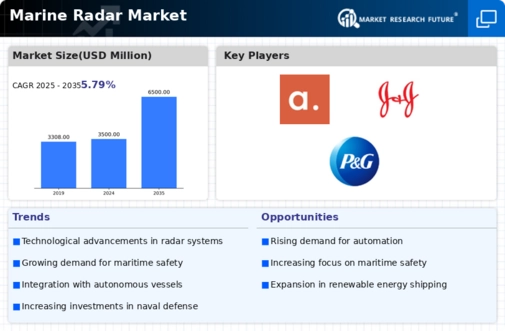
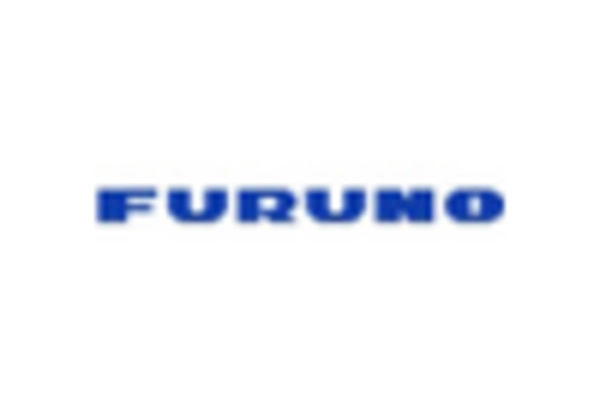
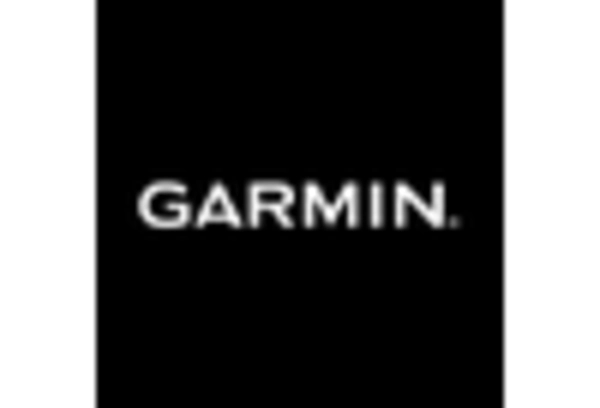
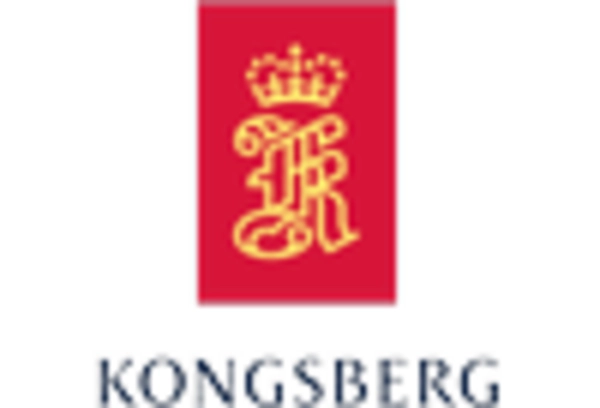


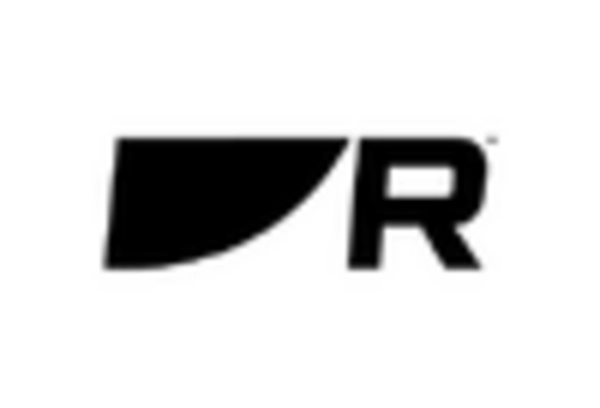









Leave a Comment